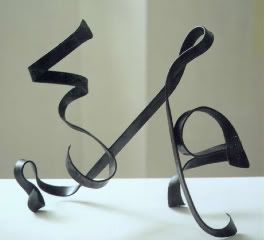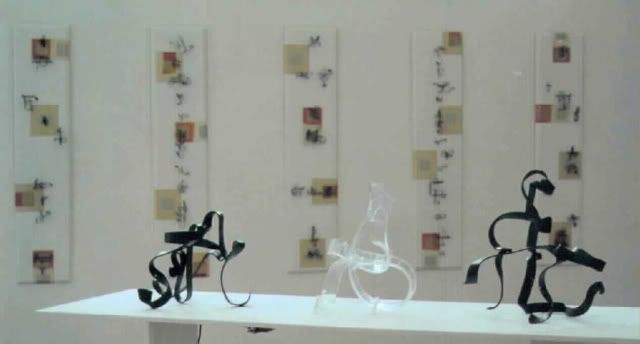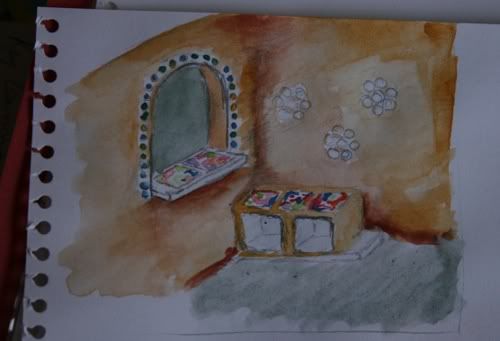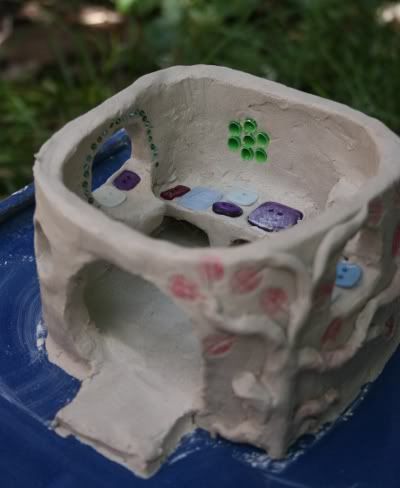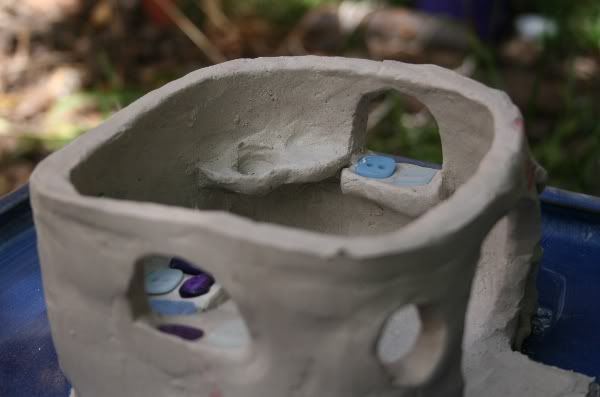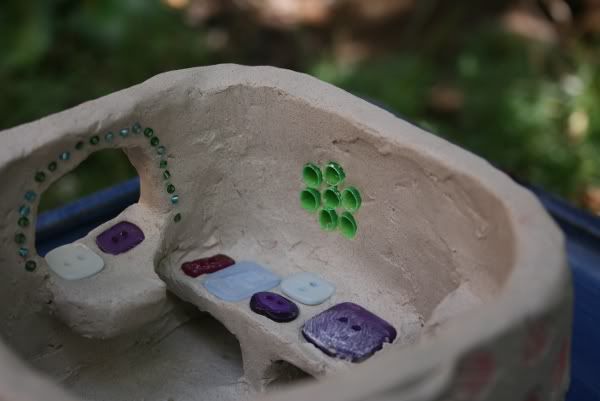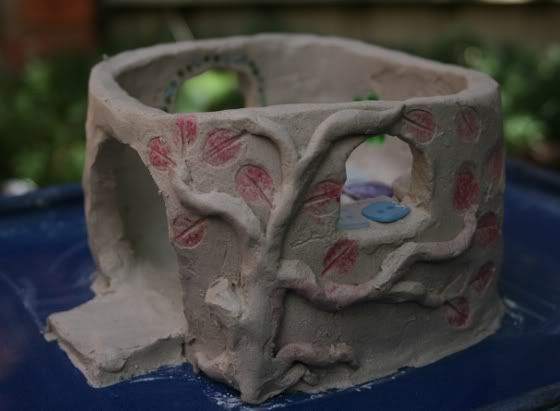Noticing this image on Let The Children Play, taken from Child's Play Music (not 100% sure if that's the right link) inspired a spark of an idea
We've been getting quite a few thunderstorms lately, and some of the children have been scared by the big rumbles booming around the centre in the late afternoon. So I got to thinking; what better way to become comfortable with the exciting sounds of thunder, than to make our own noisy wet thundery booms?
We had a metal water trough which had been used maybe twice in the first few months of me starting at this centre (about 7 years ago now) and I hadn't seen it since. Oh joyous cacophany! Metal trough + metal kitchen utensils + pots and pans. A few children got experimental and tested pouring water down the slide. To give them a better outlet I pulled out some old plastic water-course pieces and leaned them against an A-frame for pouring water down a slope into another trough.
Science!! And the perfect lead in to building our own water wall (which I've very much been enjoying collecting resources for).
All the joyous noise making last week initiated some child-led spontaneous music sessions, jamming away on upturned saucepans.
Which led to today.
Today I installed our Kitchen Commotion. I liked 'Kitchen Cacophony' but Commotion was more popular with the children.
Here in Canberra there's a govt. supported business called Tiny Tim's Shed (or something like that, it used to be Revolve) set up at the tip, where you can pick up useful stuff that other people were throwing away for next to nothing. Perfect opportunity for re-stocking our outdoor play resources. I was able to top up our ever disappearing stock of ladles and scoops, and lucked upon some really interesting objects and a back-board for our upcoming water wall.
 |
| Speaking tube, just taped on for now. |
De-rail: I've been enjoying pushing myself to ask "Is there any good reason why the children can't help me with this task?" It's a great way to keep the children as involved as possible in what I'm doing for them; if we do it together, they'll enjoy the whole process and hopefully care more about the resulting awesome.
We've been getting a lot of rain so the children desperately needed to let off some steam. What better way to unleash all those restrained fidgets than with an unlimited-volume Kitchen Commotion music session? I wish I could share some action shots with you, I'll have to swipe one of my daughters playing
One other addition I love? Our speaking tubes. My resident Mad Scientist came up with these, crafted from random irrigation pipes and the hose from an old dishwasher.
 |
| I just love this speaking tube, it has so much personality. Like it's just begging for 2 pom poms with googly eyes, only I know they wouldn't last more than a few minutes. |
Throwing in a link to 'It's Playtime' from Let the Children Play to share my bit of fun:
Go check out It's Playtime for more wild fun ideas for adventuring with little people.
(pretty sure I've muddled up the button but hopefully it'll get you close to the right place, I'm still new at this)






